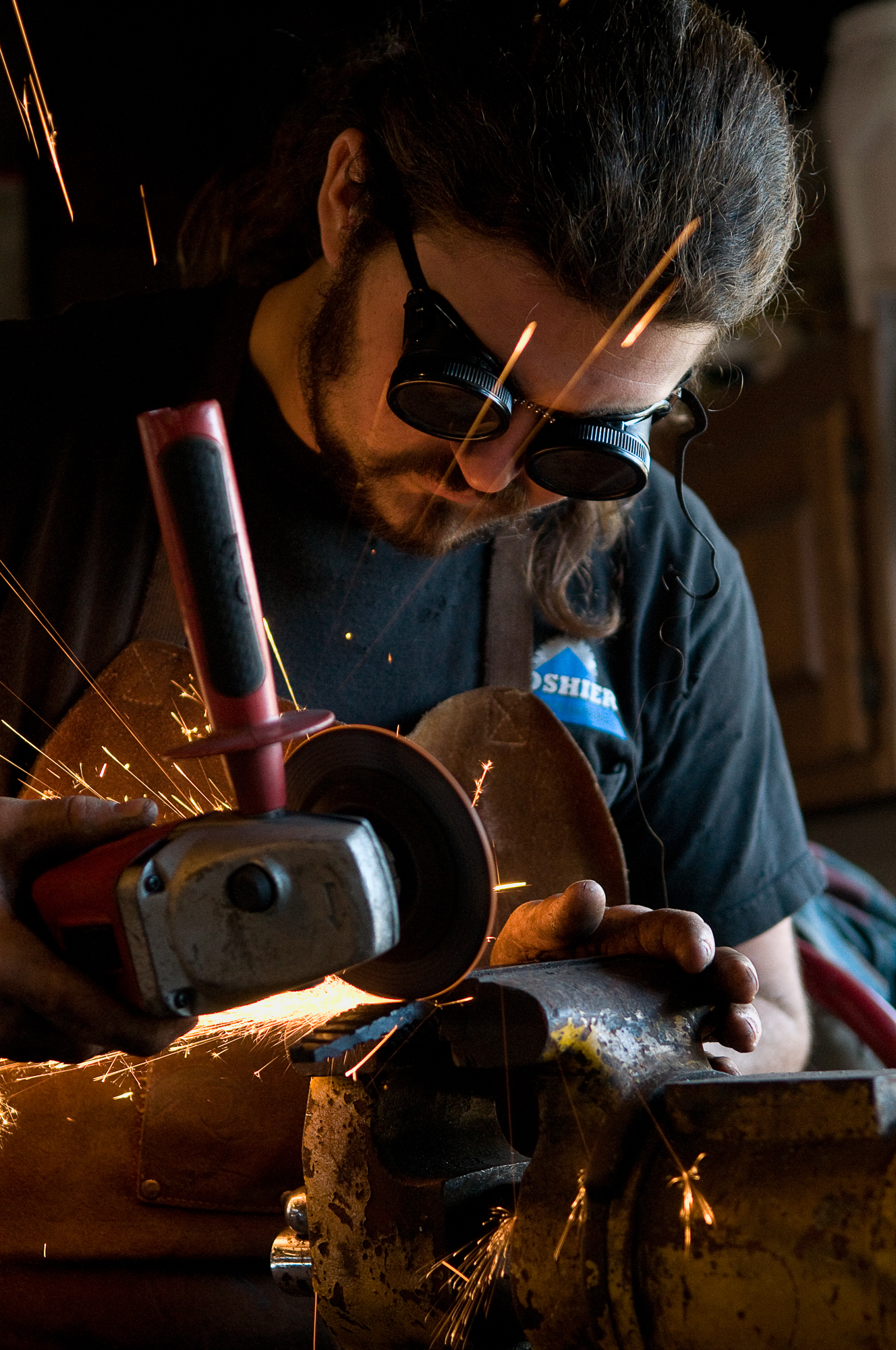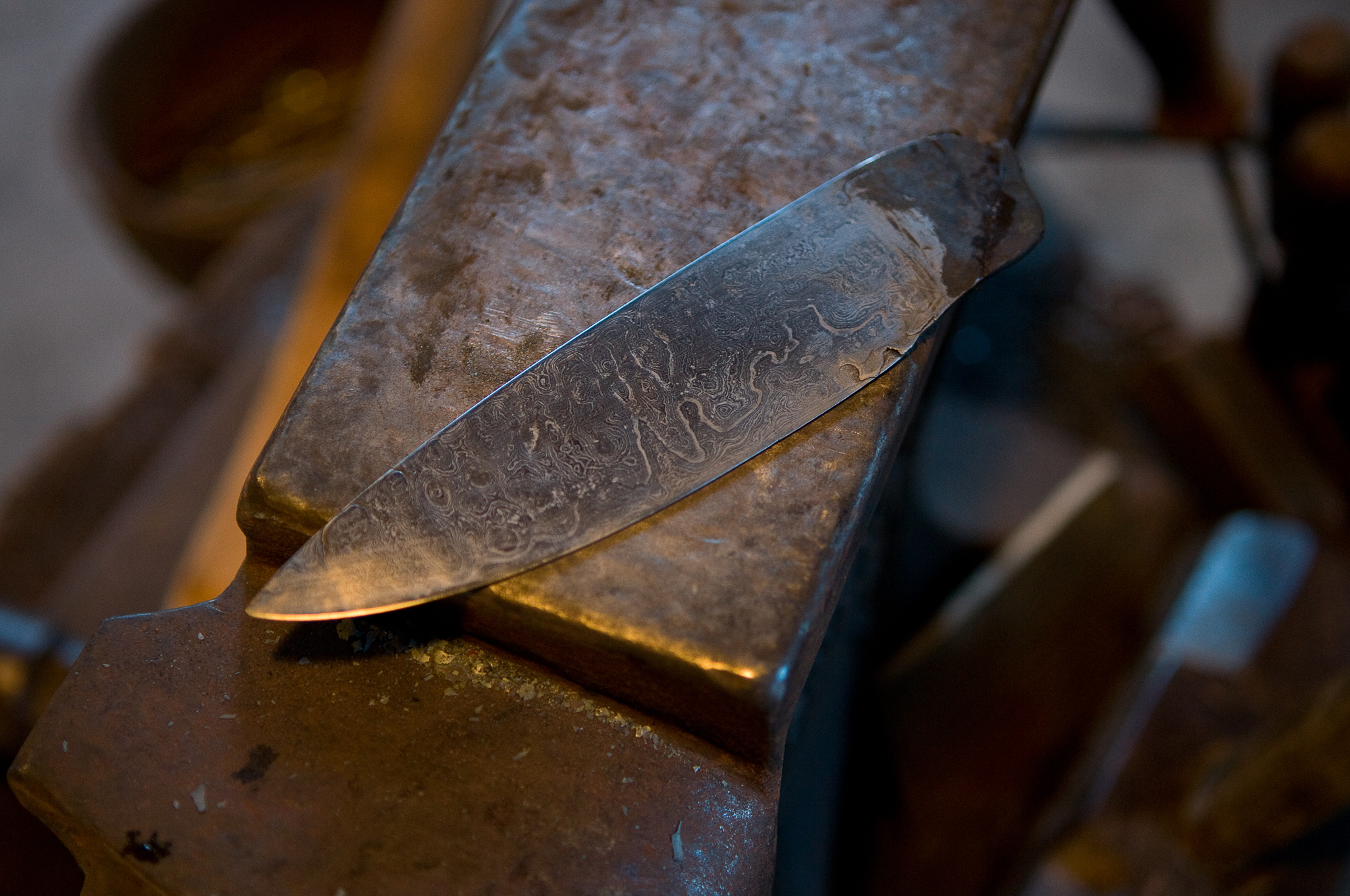Light science, and the challenge of visualizing it, will be the overarching theme I explore throughout the semester. These images are intended to illustrate the physics of how light travels. Light rays typically travel in straight lines from their source, and interact with objects differently depending on their density and texture. When light encounters a rough surface, it scatters or refracts. When light bounces off a smooth or shiny surface, it reflects at the same angle at which it arrives. Lasers are highly concentrated beams of electromagnetic radiation. By shining a single laser beam onto 11 carefully positioned mirrors, that same beam will reliably reflect at 11 equivalent angles, reemphasizing the predictability of the phenomenon known as The Law of Reflection.
For this experiment I used a Galileo series laser in conjunction with a tripod mount, 11 kicker mirrors, and a Rosco fog machine. Special thanks to Ryan Buller for all the help.
Class: Stop-action Photography / Scott Miles.




































